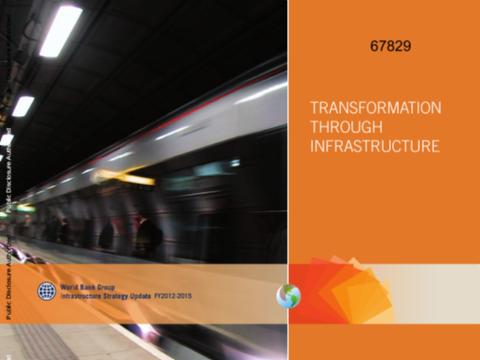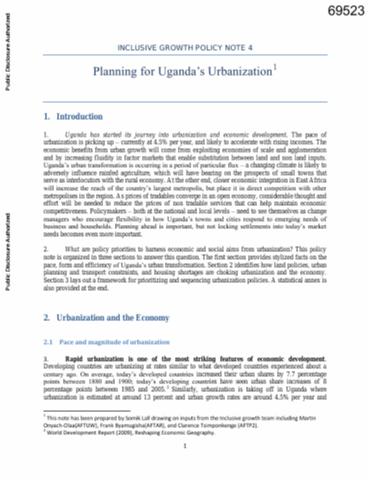Assessing a riverfront rehabilitation project using the comprehensive index of public accessibility
Good urban riverfronts have both ecological and social benefits in urban planning and development. With rapid increase of urban stream rehabilitation projects in developing countries, the concept of Public Accessibility of Riverfront (PAR) has become a highlight in evaluating river ecosystem improvement.






